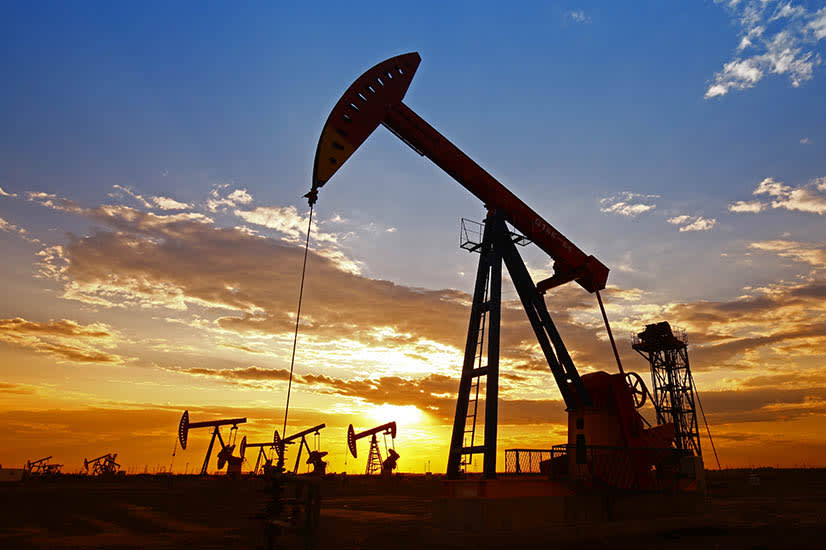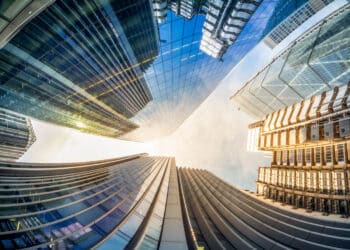Crude awakening: Venezuela jolts global oil markets
Morningstar has revisited its oil price assumptions following US interventions in Venezuela, as US President Donald Trump prepares to meet with oil executives. Trump and members of his Cabinet are set to meet top oil-company executives from firms including Exxon Mobil, Chevron and ConocoPhillips at the White House on 9 January. Trump has indicated the US will run Venezuela until there can be a “proper...
Read moreDetails


















